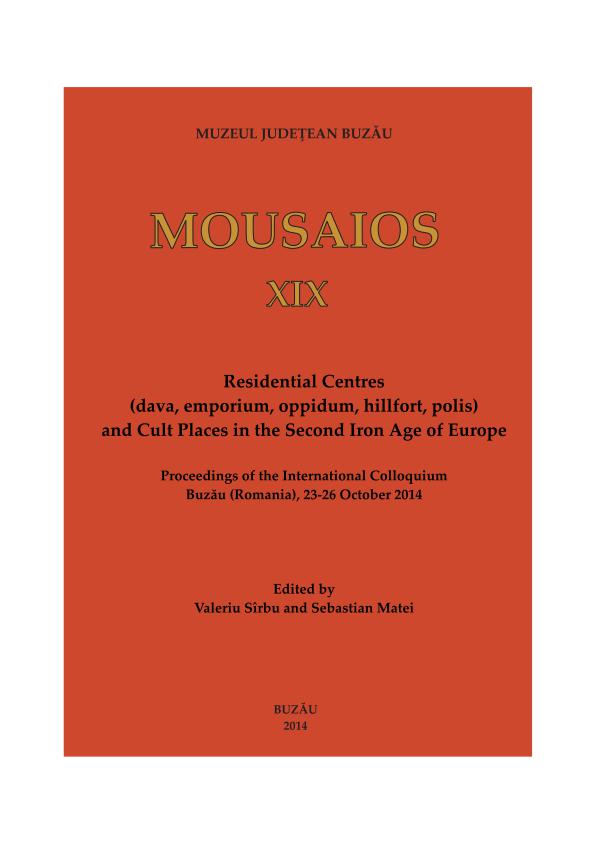THE “FIELDS OF PITS” IN THE GETO-DACIAN AREA (4TH C. BC – 1ST C. AD). SACRED OR PROFANE SPACES?
THE “FIELDS OF PITS” IN THE GETO-DACIAN AREA (4TH C. BC – 1ST C. AD). SACRED OR PROFANE SPACES?
Author(s): Valeriu Sîrbu, Diana DăvîncăSubject(s): Archaeology
Published by: Muzeul Judetean Buzău
Keywords: Geto-Dacians; Second Iron Age; fields of pits; cult places
Summary/Abstract: When we say “sacred area of the field-of-pits type”, we are referring to the clusters of pits (with diverse inventories, sometimes with human or animal skeletons), which occasionally include fireplaces, altars, platforms, agglomerations and deposits of items, located outside of other types of sites (settlements, fortresses, necropolises). The geographic area in question includes the territories north of the Balkans, namely where the written sources placed the Getae and the Dacians. We know of 19 "fields of pits" here, spread throughout the territory we are referring to. The period under analysis is between the 4th c. BC – 3rd c. AD. The finds between the Balkans and the Danube are from the 4th – 1st c. BC, and those north of the Danube from the period between the second half of the 3rd c. BC and the end of the 1st c. – beginning of the 2nd c. AD, that is, until the Roman conquest. The exceptions are Bagachina, south of the Danube, with vestiges from as early as the Bronze Age, and Mologa II, on the Dniestr bank, with finds from the 1st – 3rd. c. AD. They are placed on diverse types of lands: plateaus, terraces or ridges: their surfaces vary between one and seven hectares. Varying numbers of pits were found in these monuments, up to hundreds of them sometimes. The shape of the pits is diverse: cylindrical, oval, truncated, shaped like a “barrel” or, conical, pear-shaped or irregular. The inventory contains a wide range of items, with vessels and pottery fragments being the most numerous, followed by tools and utensils, by the rarer weapons, adornments and clothing accessories, toiletries and anthropomorphic or zoomorphic figurines. Several sites contained “deposits” of whole vessels, together with other items. Animal bones were present in all of the finds, but not in all the pits; their presence could mean many things. It is only in cases of whole animals being inhumed, and inhumed with some care, that we could be dealing with deposits that clearly have a ritual significance. Of the 19 sites analyzed, 14 contained skeletons or parts of human skeletons, and the number of individuals in the pit ranges from one to eight. We are dealing with whole skeletons, some in non-anatomical positions, with parts of skeletons or isolated human bones, sometimes with traces of violence on them. All these features show that they were not used for profane purposes, namely digging out clay, depositing food reserves or discarding household garbage. Furthermore, they are not necropolises and neither are they associated with temples (except for Brad and Ocniţa). Based on all these features, we can conclude that they are cult sites for the northern-Thracian population, namely the Geto-Dacians in the area under research.
Journal: Mousaios
- Issue Year: 2014
- Issue No: 19
- Page Range: 295-342
- Page Count: 48
- Language: English

